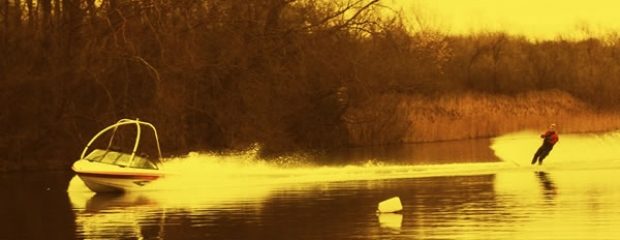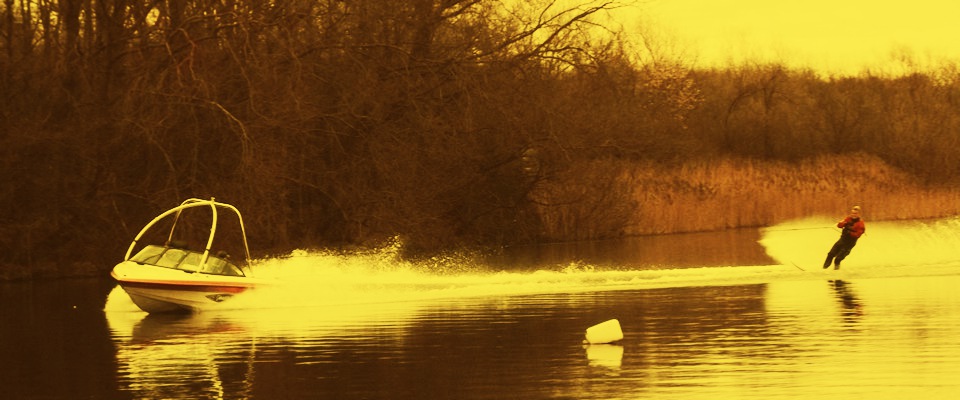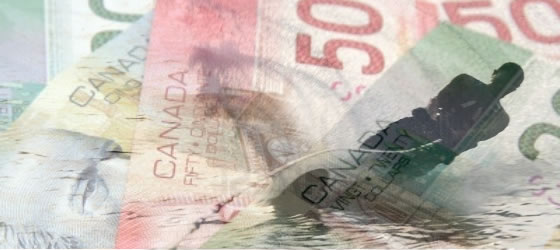2012 Big Dawg World Tour
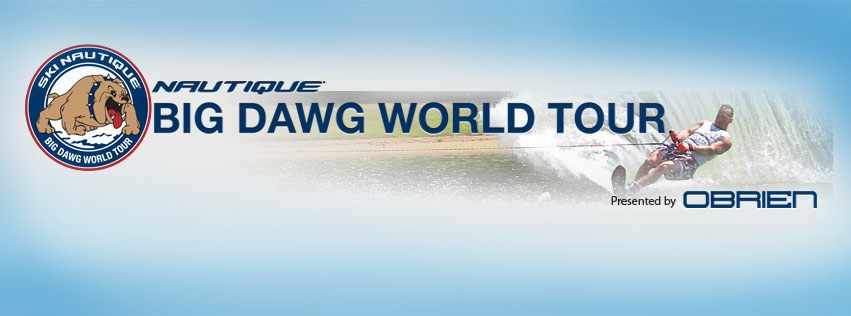
Dates:
July 14th & 15th
Location:
– Albert Dyck Park
– 31515 Walmsley Road, Abbotsford, B.C. Canada
– Directions to lake go to FVWSC web site front page, clink on “about us”
Registration and Fees:
– Entry Fee: $210.00
– Go to FVWSC Tournament Registration, choose the “Big Dawg” tournament from the dropdown – answer is “Abbotsford”
– Once registered on the FVWSC site as per previous bullet, pay using karelo.
Cancellations:
– Full Refund: If received up to one week prior to event and slot can be filled.
– 50% Refund: If received up to one week prior to event and slot cannot be filled. Or if received 6 days prior to start of event and slot can be filled from wait list.
– 0% Refund: If received within 6 days of event and slot cannot be filled. Or, no refunds given for any reason if cancellation is within 5 days of event.
Daily Schedule:
Friday, July 13th; Practise Day
– 10:00m AM Start
– $20.00 per 4 pass set
Saturday, July 14th
– 8:00 AM till 6:00 PM
Sunday, July 15th Finals
– 10:00 AM start
Banquet and Awards:
Saturday @ 7:00 PM
Official Hotel:
Best Western Bakerview Inn
1821 Sumas Way, Abbotsford, BC.
604-859-1341
Book Online
10 mins. from lake
Near By Airports:
Vancouver International Airport (approx 1-1.5 hours)
Head south on highway # 99
Transition to Highway # 10 Eastbound
Transition to Trans Canada Highway #1 Eastbound
Take Clearbrook Road Exit # 87
Head south on Clearbrook Road and turn right on Walmeley Road
Seattle International Airport (approx 2.5-3 hours)
Head North on Tnterstate # 5
Tuen right onto Guide Meridian Exit # 256 Bellingham
Transition to Highway # 11 Northbound towards Sumas, Washington
Transition to B.C. Highway # 11 Northbound
Transition to Trans Canada Highway # 1 Westbound
Take Clearbrook Road Exit # 87
Head south on Clearbrook Road, and turn right on Walmsley Road
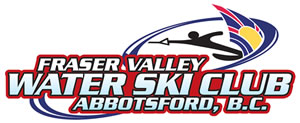
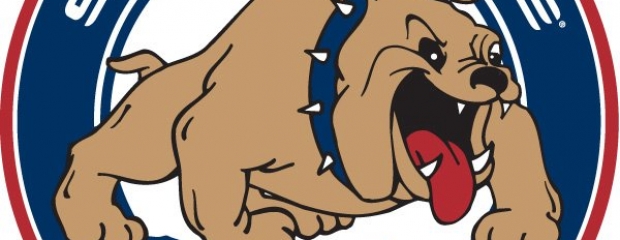
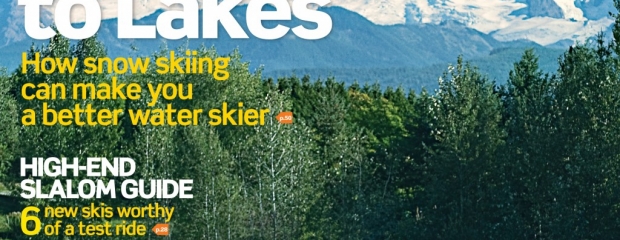


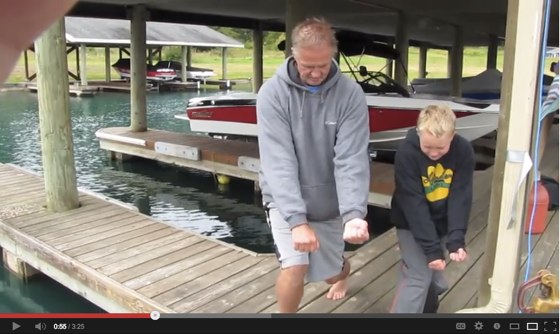 You will be required to register for both days of the clinic (4 sets min.) If you only want to ski one day, you must register for the 4 sets and you will be responsible to find someone to split your sets with, as well the registering person is required to pay for the 4 sets and can work out the finances with the other person. The club will not be responsible for collecting for both skiers.
You will be required to register for both days of the clinic (4 sets min.) If you only want to ski one day, you must register for the 4 sets and you will be responsible to find someone to split your sets with, as well the registering person is required to pay for the 4 sets and can work out the finances with the other person. The club will not be responsible for collecting for both skiers.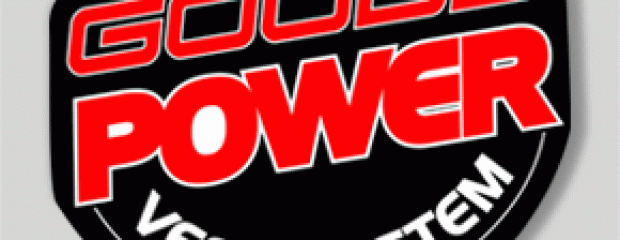
 OGDEN, UT – GOODE is now offering a special DEMO offer on its PowerVest System. For only $25.00, you can demo on your own lake, at your own pace, the GOODE PowerVest System. The PowerVest System reduces load to your back in a similar fashion to that of a hiking backpack . You want to carry the load (or weight) on your hips, not your upper body and back. By reducing excessive load forces to your upper body and back, the PowerVest reduces muscle fatigue, reduces the repetitive compressive load on your back, and increases your strength and endurance.
OGDEN, UT – GOODE is now offering a special DEMO offer on its PowerVest System. For only $25.00, you can demo on your own lake, at your own pace, the GOODE PowerVest System. The PowerVest System reduces load to your back in a similar fashion to that of a hiking backpack . You want to carry the load (or weight) on your hips, not your upper body and back. By reducing excessive load forces to your upper body and back, the PowerVest reduces muscle fatigue, reduces the repetitive compressive load on your back, and increases your strength and endurance.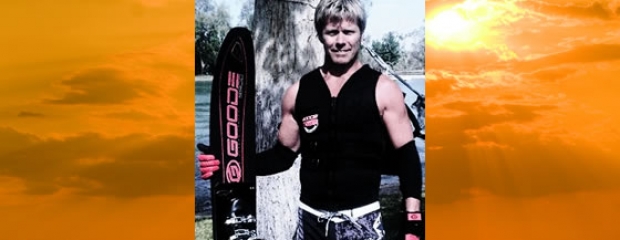
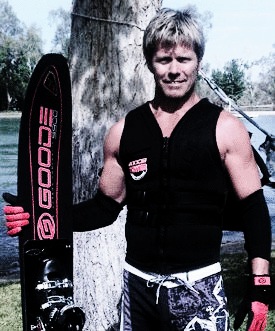 IMPERIAL, CA – Dave Miller said, “This ski is UNBELIEVABLE! Another 39! I have not missed one yet!”.
IMPERIAL, CA – Dave Miller said, “This ski is UNBELIEVABLE! Another 39! I have not missed one yet!”.